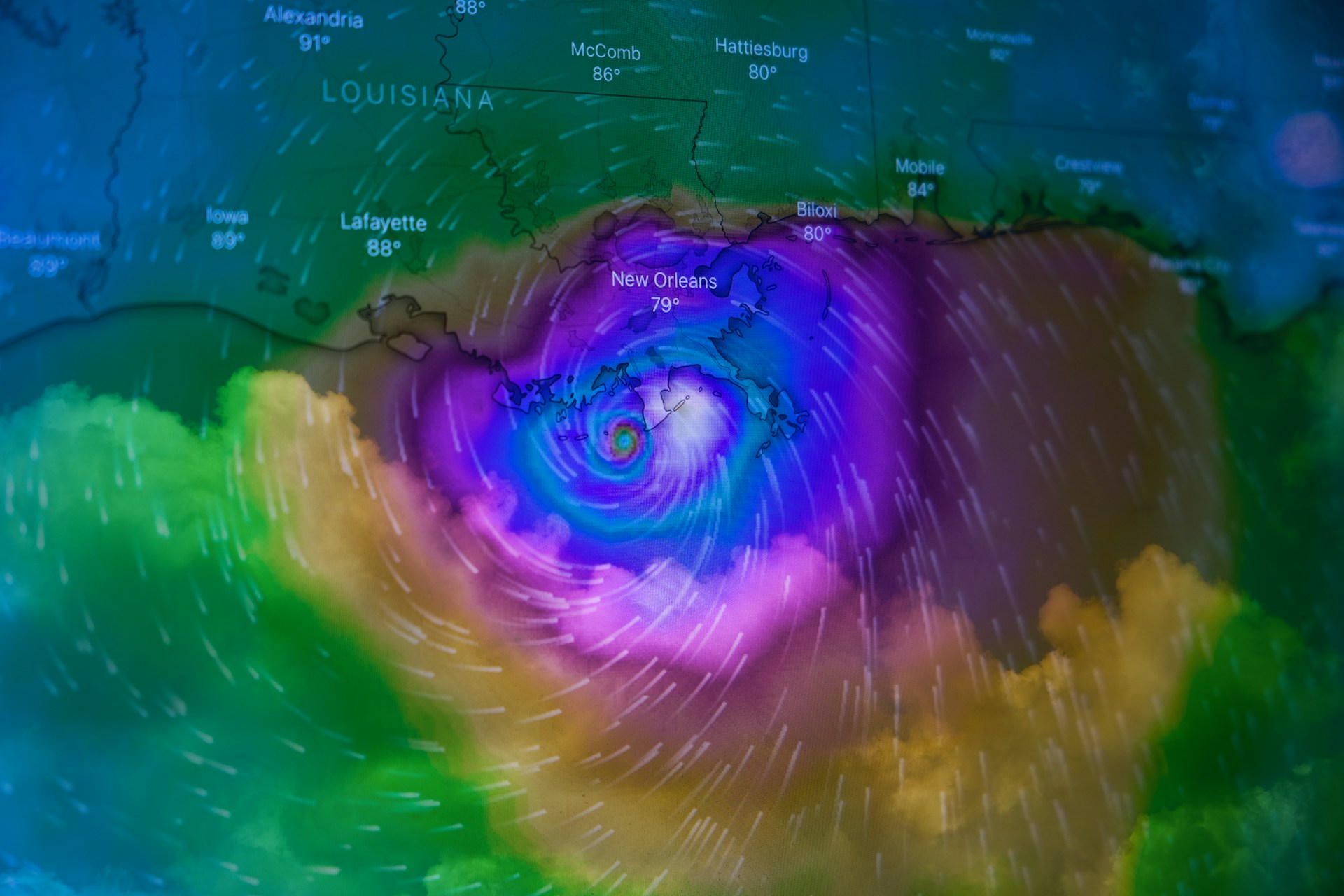How Scientists Predict Tomorrow’s Forecast with Dynamic Weather Models
Ever found yourself marveling at the accuracy of tomorrow’s weather forecast, wondering how scientists can predict atmospheric conditions with such precision? The answer lies in the intricate world of dynamic weather models. These sophisticated computer programs serve as the backbone of modern meteorology, utilizing algorithms, vast datasets, and cutting-edge technology to simulate and predict weather patterns. In this blog, we’ll embark on a journey to unravel the science behind dynamic weather models, exploring the fundamental principles that govern their simulations.
Introduction to Dynamic Weather Models
When it comes to predicting weather forecasts, scientists rely heavily on different types of weather forecast models. These sophisticated models use algorithms and vast amounts of data to simulate and forecast weather conditions. Understanding the science behind these models provides insights into how meteorologists make predictions.
The Basics of Dynamic Weather Models
At its core, a weather model is a computer program that replicates the Earth’s atmosphere and its associated physical processes. It utilizes equations based on principles of physics, such as thermodynamics and fluid dynamics, to simulate various weather phenomena.
Weather models consider factors like temperature, pressure, humidity, wind patterns, solar radiation, and more. They divide the atmosphere into a three grid consisting of cells or pixels to analyze changes in these variables over specific time intervals.
Initial Conditions: The Starting Point
An important aspect of weather models involves establishing initial conditions for modeling the atmospheric state at a specific point in time. Meteorologists gather time observations from various sources, like satellite data, ground-based sensors (including weather stations), radar systems, buoys, and aircraft measurements.
These observations are really important because they give us information about temperature, pressure readings, humidity levels, and wind speeds/directions at altitudes across multiple locations. This data serves as a starting point for weather simulations since any errors or inaccuracies could have a ripple effect on the accuracy of forecasts.
Numerical Integration: Running Simulation Steps
Once scientists have collected data for a specific period and created an accurate initial state estimation for the model simulation(s), they use numerical integration techniques. These techniques solve differential equations that explain how various atmospheric properties change over time due to environmental forces like gravity and air resistance.
By dividing time into steps and updating the variables at each step, dynamic weather models provide successive approximations of how the atmosphere evolves. With resources, these simulations can predict weather patterns several weeks into the future.
Dynamic weather models incorporate processes to simulate a wide range of meteorological phenomena. This is not limited to cloud formation and dissipation, energy advection changes in temperature profiles over land and water bodies, or the interaction of air masses with each other or with local/national geographical features.
Real-time Updates through Data Assimilation
To continuously refine their forecasts and enhance the accuracy of weather models, scientists employ data assimilation techniques. Data assimilation involves merging observed conditions with modeled dynamics to generate more reliable predictions for upcoming weather patterns.
Throughout a forecast period, additional observational data is collected from ground-based measurement systems or satellites. This fresh information is compared to the model-generated states at grid points, allowing adjustments to be made in the outcomes accordingly. This process enables weather scientists to rectify any discrepancies that may have emerged due to uncertainties in conditions or limitations in computing resources.
By running data assimilation cycles within a weather model’s forecasting window ( every 6-12 hours), meteorologists can update and recalibrate their predictions for better alignment with real-world observations. This continuous feedback loop enhances the performance of the model as it learns from its deviations and optimizes forecasts.
Advances in Weather Modeling Technology
Over time, advancements in technology have greatly influenced dynamic weather modeling. Modern models utilize resolutions resulting in more precise predictions regarding regional variability and smaller-scale instantaneous weather events such as thunderstorms or squalls. These improvements are primarily attributable to increased computing power and enhanced observational coverage.
Moreover, modern dynamic weather models incorporate sources of tracking such as satellite imagery and radar scans to gain a better understanding of current weather conditions and identify potential indicators of severe weather, like intense rainfall patches.
Significant progress has also been made in modeling, which involves using groups of forecasts that vary slightly in conditions or formulations. These ensembles provide information about both short-term weather conditions and long-term climate changes by encompassing the range of possibilities and uncertainties inherent in the models.
Furthermore, user accessibility is a consideration in the development of weather models. Recent advancements have made these models more user-friendly through improved visualization capabilities and user interface adaptations across platforms like websites and mobile applications. These platforms offer real-time updates and alert systems to keep users informed about prevailing conditions and provide tools for anticipating weather scenarios.
Conclusion
Dynamic weather models play a role in today’s society by providing weather predictions that help people make informed decisions for their day-to-day activities. By employing algorithms and incorporating data from observational sources, these models simulate the ever-changing nature of our atmosphere to forecast tomorrow’s weather. Continuous technological advancements and refined data assimilation techniques ensure that dynamic weather models evolve continuously to enhance their accuracy, making them tools for meteorologists worldwide.










